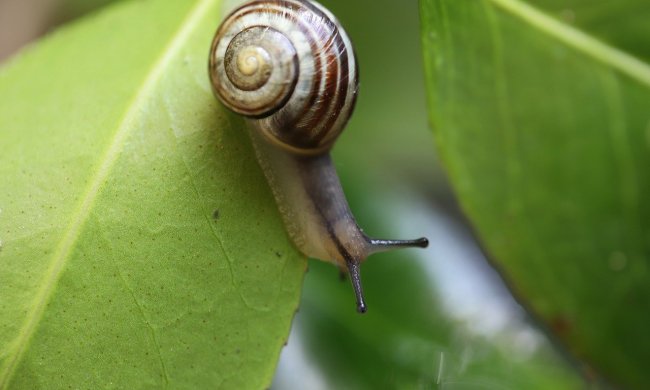
Growing a gorgeous flower garden can be such a fulfilling and rewarding hobby. There are a near endless number of ways to express your creativity through your garden. However, it can be incredibly frustrating to spend time and energy planning and caring for your garden only to find it razed to the ground by deer.
Deer are a native species, and they are both cute and important for the health of the ecosystem, but that doesn’t mean you should just sit back and let them eat your garden! Plant some of these deer-resistant flowers to keep them at bay instead.
Daffodils

Daffodils, like all members of the amaryllis family, are beautiful and poisonous. They are toxic to pets and people, but more importantly for this list, they’re also toxic to deer. While the symptoms are not generally fatal, daffodils still taste deeply unpleasant and will make the deer sick, which usually keeps them from eating the flowers.
Plant your daffodils in full sun for the best flowers, and water them regularly while they are blooming and just after they have bloomed. If bright yellow flowers aren’t to your liking, you can switch daffodils out for any other member of the amaryllis family, such as amaryllis, snowdrops, and spider lilies. Care can vary between these relatives, so make sure you know what member of the amaryllis family you’re planting and what it needs.
Foxgloves

Another stunning yet poisonous flower, the foxglove is a gorgeous deer-resistant flower to add to your garden. Foxgloves are known for their tall flower spikes, which come in a wide range of colors. Plant your foxgloves in full sun to partial shade, and be sure the soil is light and rich in organic matter. Adding compost to the soil is a great idea.
While daffodils are among the earliest blooming spring flowers, foxgloves are an excellent way to fill your summer garden with deer-resistant flowers. However, many foxglove varieties are biennials, meaning they take two years to bloom. Planting foxglove flowers two years in a row will ensure you have a constant supply of blooming foxgloves, but waiting for the first round of flowers can be frustrating. If you’d rather not wait, look for foxglove varieties specifically marked as perennials.
Irises

While the classic iris might be blue or purple, there are actually an incredible number of options to choose from when planting iris flowers. These gorgeous, ruffled flowers are perennials, so you can reliably expect to see them year after year, provided you take care of them.
Iris care is also quite simple. Plant them in full sun, and water them during hot, dry weather. When you can expect to see your iris plants blooming depends on the specific type of irises you have, but most of them bloom during spring or summer. If you’re a fan of growing native flowers, then you’re in luck! While most iris species are not native to the U.S., a few of them are native. Look for blue flag irises, Louisiana irises, and Pacific Coast irises if you want to grow a native iris species.
Geraniums

Geraniums may not be quite as deer-resistant plants as daffodils and foxgloves, but they are still fairly resistant. Geraniums are unpleasant for deer to snack on, so as long as there is other food available in the area, your geraniums should be safe. Geraniums come in a variety of colors, although red and pink are the most common, and they’re well suited to both traditional gardens and containers.
If you’re looking for deer-resistant flowers for your patio or porch, geraniums are a good option. They prefer full sun and well-draining soil, so if you grow them in containers, be sure the pot has proper drainage holes.
Poppies

Poppies are surprisingly deer-resistant flowers. While their small, round flowers look like they’d make the perfect deer snack, deer are generally repelled by the smell and taste of poppies. Plant your poppies in full sun and rich, well-draining soil for the best results.
However, be careful when selecting the type of poppy you plant. Many poppy species are actually invasive in the U.S., and only a few are native. The California poppy, which is a striking orange color, and the celandine poppy, which is a cheerful yellow, are both native to the U.S. California poppies are found on the West Coast, and celandine poppies are found on the East Coast.
Growing these deer-resistant flowers can ensure you have flowers left to admire, even if there are hungry deer in the area. Planting them at the edges or borders of your garden can help discourage deer from approaching the tastier flowers, fruits, or veggies in your garden as well. If you’re feeling a little guilty about taking a food source away from your local deer, consider planting deer-safe native plants further away from your garden for the deer to enjoy, such as a native apple tree, wild lettuce, goldenrod, and asters.



